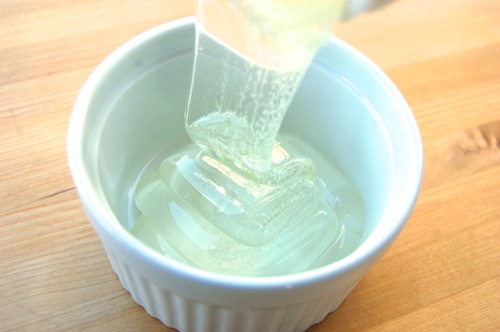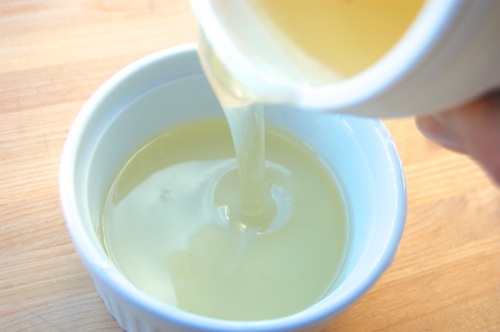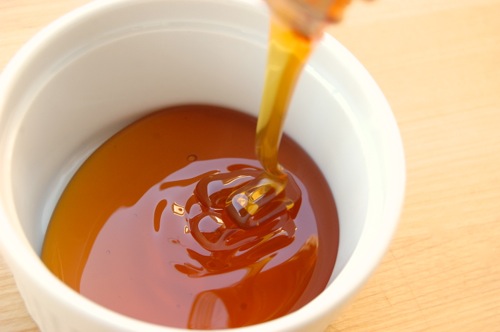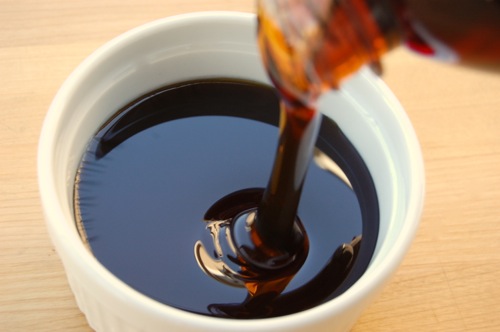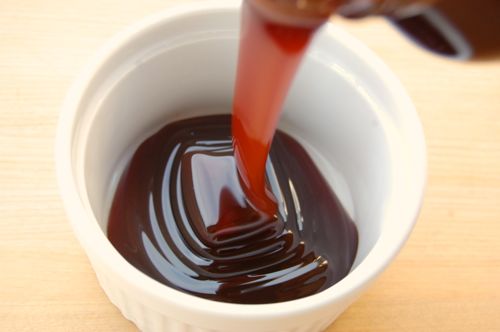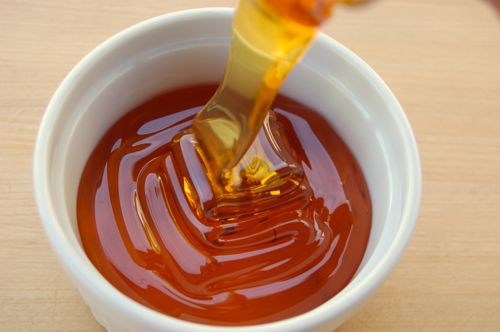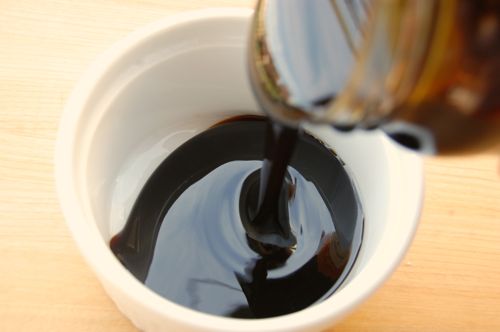Chinese Golden Syrup
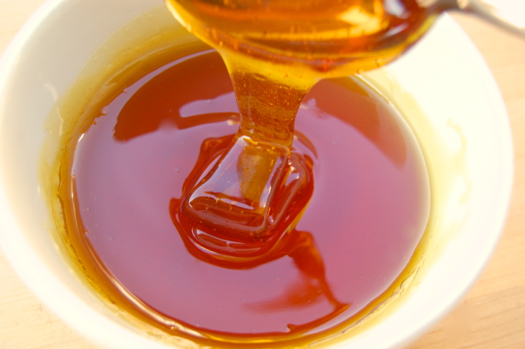
Chinese golden syrup is something of an odd duck in the syrup world. It’s an invert caramel syrup that flows at room temperature, even when undiluted with milk or water. That’s a very odd thing, since in order to get sugar syrup to caramelize you have to heat it well past the point at which it will flow once it cools. So how is this accomplished? Simply put, what you see here is a syrup made on top of a syrup, a dark caramel syrup for color and flavor, and a soft-ball stage syrup for flow. I’ll show you how it’s done.
READ ON